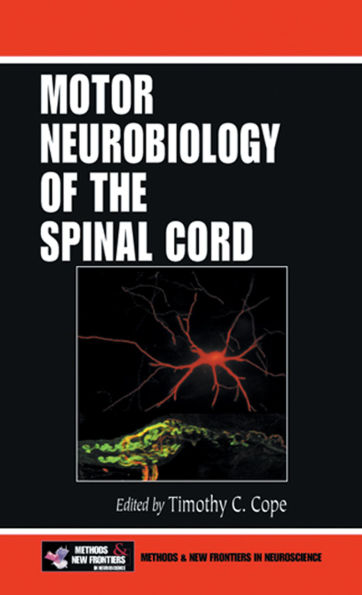Motor Neurobiology of the Spinal Cord provides a comprehensive description of the experimental tools available for investigating the neuronal properties that allow populations of spinal cord neurons to control muscles responsible for limb movements and posture control. By integrating data from many new approaches, this text demonstrates how spinal cord circuits operate under a variety conditions and explores the new and exciting developments that are being made in motor neurobiology of the spinal cord. It also elucidates concepts and principles relevant to function and structure throughout the nervous system and presents information about changes induced by injury and disease.
1129164221
Motor Neurobiology of the Spinal Cord
Motor Neurobiology of the Spinal Cord provides a comprehensive description of the experimental tools available for investigating the neuronal properties that allow populations of spinal cord neurons to control muscles responsible for limb movements and posture control. By integrating data from many new approaches, this text demonstrates how spinal cord circuits operate under a variety conditions and explores the new and exciting developments that are being made in motor neurobiology of the spinal cord. It also elucidates concepts and principles relevant to function and structure throughout the nervous system and presents information about changes induced by injury and disease.
66.99
In Stock
5
1

Motor Neurobiology of the Spinal Cord
360
Motor Neurobiology of the Spinal Cord
360Related collections and offers
66.99
In Stock

Product Details
| ISBN-13: | 9781040202883 |
|---|---|
| Publisher: | CRC Press |
| Publication date: | 06/26/2001 |
| Series: | Frontiers in Neuroscience |
| Sold by: | Barnes & Noble |
| Format: | eBook |
| Pages: | 360 |
| File size: | 8 MB |
About the Author
From the B&N Reads Blog
